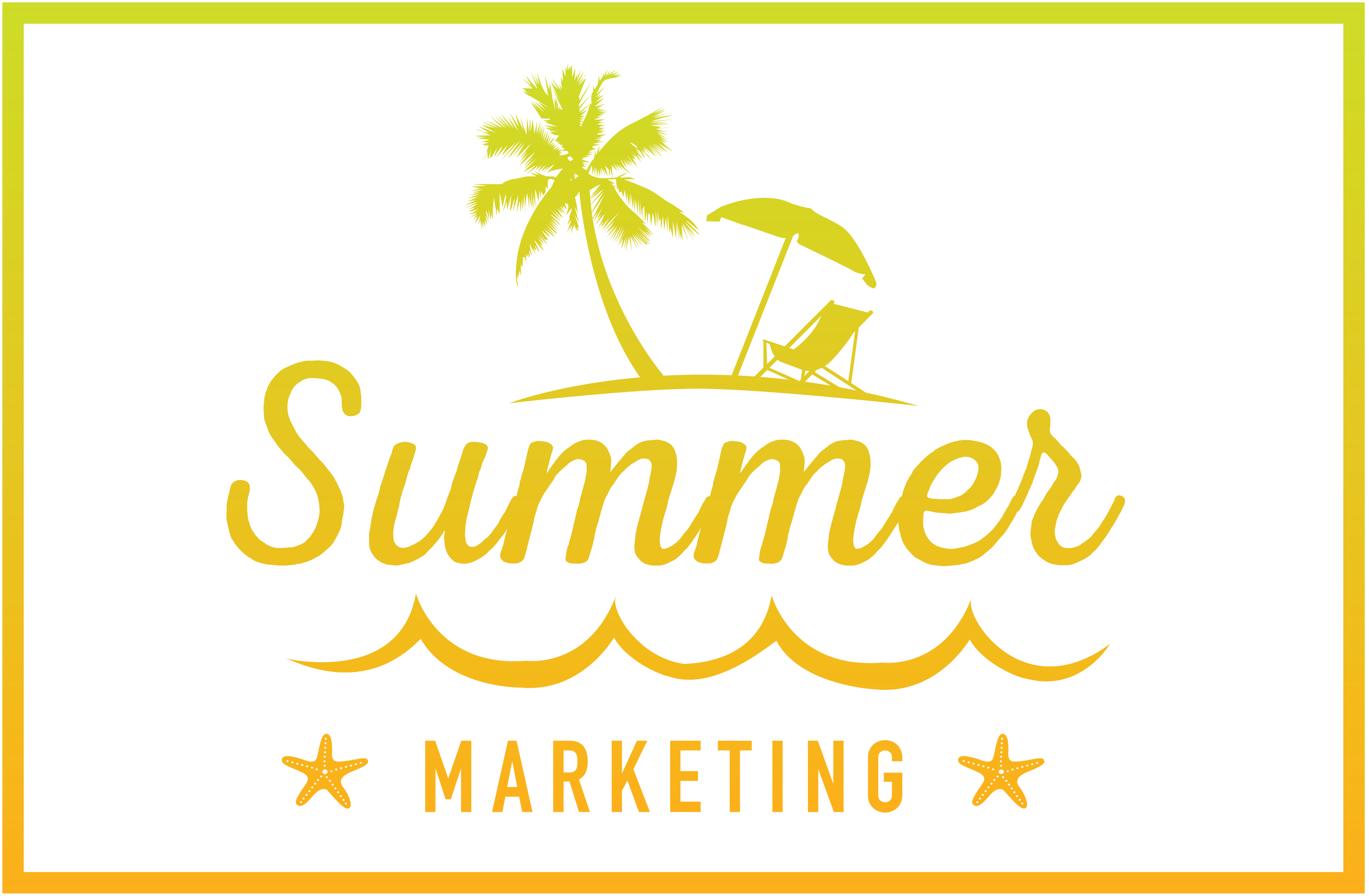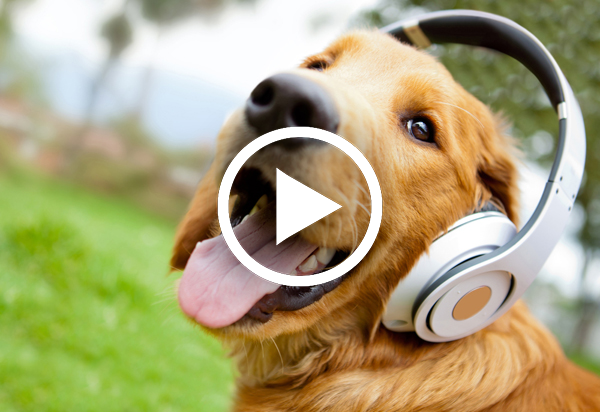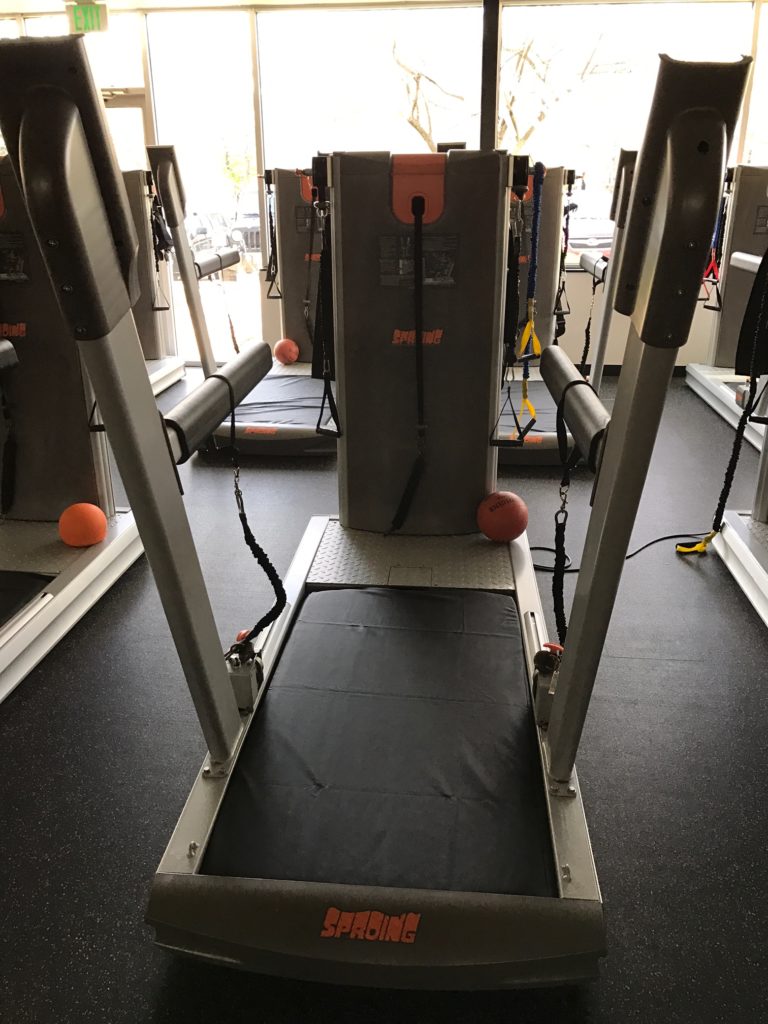
We are excited to be a sponsor of the Women’s Leadership Conference taking place on March 8th. The event is a powerful day for women leaders to learn, grow, network and share best practices. Come out and support the Howard County Chamber for this important event.


 Apple – #ShotOniPhone
Apple – #ShotOniPhone

 1. Higher temperatures, lower prices.
1. Higher temperatures, lower prices.












 This tool supports your year-end donation ask because a website visitor who comes to view each day’s new content is presented with a donation button. You can even acquire a sponsor to pay for advertising space on the page, covering the cost of the calendar and making it a free communications tool.
This tool supports your year-end donation ask because a website visitor who comes to view each day’s new content is presented with a donation button. You can even acquire a sponsor to pay for advertising space on the page, covering the cost of the calendar and making it a free communications tool.










